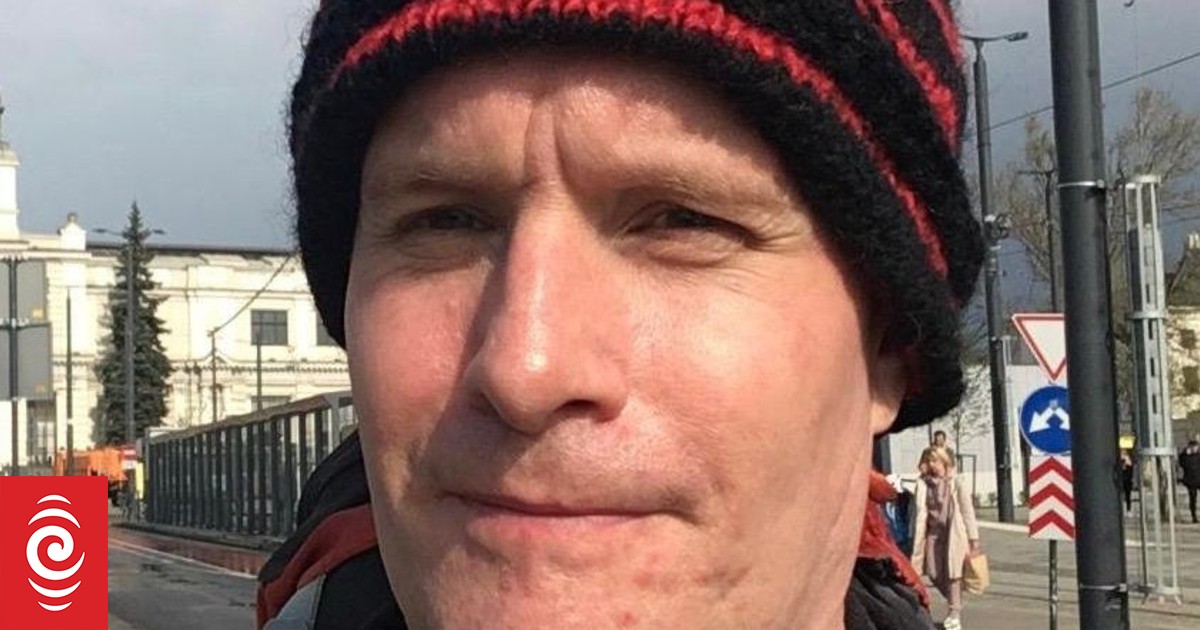A U.S. jobs report released Friday morning by the Bureau of Labor Statistics delivered what Wall Street has wished for in a rising interest rate environment: a labor market that continues to create jobs, driving the unemployment rate lower, without putting pressure on wage inflation.
It’s a situation that usually leads to soft-landing, an economy that grows at moderate growth rates and low inflation.
That’s an ideal situation for equities, as it helps lower interest rates and earnings growth, meaning better valuations and higher equity prices.
In December, the economy created 223,000 jobs, well below the 256,000 it created in November and in line with market expectations of 220,000 jobs.
“The pace of job creation remained firm in December,” Cailin Birch, global economist at the Economist Intelligence Unit, told International Business Times. “Job creation has remained remarkably stable in the last three months, totaling just over 200,000 jobs per month despite a steep rise in interest rates and weaker consumer confidence compared with the start of the year.”
Most of the job gains were in the private sector, in industries benefiting from the re-opening of the economy, like leisure and hospitality, followed by healthcare and construction.
The unemployment rate edged lower in December to 3.5%, the lowest in 50 years. And that’s despite an increase in labor force participation from 62.2% in November to 62.3% in December.
That could explain the easing of hourly wage growth from an annual rate of 4.8% in November to 4.6% in December and below market expectations of 5%.
That’s good news for the Fed and Wall Street as it eases fears of a wage-price spiral, which could precipitate inflation and interest rate hikes.
“Job gains are still broad-based but showing signs of cooling off in a larger share of industries than before,” ZipRecruiter chief economist Julia Pollak told IBT. “The diffusion index, a measure of the breadth of job gains, was 60.7 in December, lower than the prior three-month average of 66.6 — 50 would indicate that the same number of industries is adding jobs as losing jobs.”
Pollak points to a couple more indicators confirming a cooling labor market, like a 35,00 drop in temporary help employment and a decline in the average weekly working hours to 34.3 from the prior three-month average of 34.5 hours per week.
“That could suggest that demand for labor is cooling and that job growth will be slower in the coming months,” she said. “Temp help employment and working hours are typically leading indicators, whereas other labor market measures are lagging indicators.”
Still, Birch expects the Federal Reserve to continue raising rates at a moderate pace.
“The resilient performance of the job market confirms that the Fed will continue raising interest rates in early 2023,” Birch said. “As a result, we still expect the Fed policy rate to peak at a target range of 4.75-5% at the end of the first quarter, with two 25 basis-point rises yet to come.





















Discussion about this post